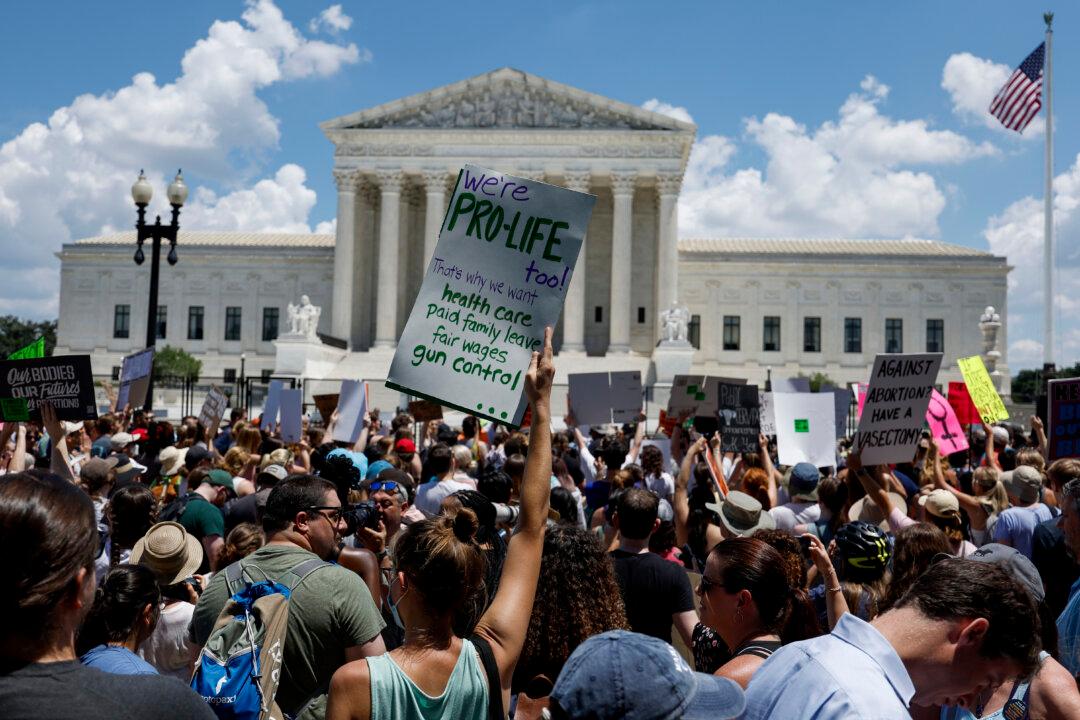House Speaker Nancy Pelosi (D-Calif.) announced that the House will move to a digital system to submit Floor documents in order to prevent representatives and staff from catching the CCP virus, commonly known as the novel coronavirus.
In a letter sent to her House colleagues on Monday, the senior Democrat said leaders are looking to take the necessary precautions so lawmakers can continue to serve the public.





